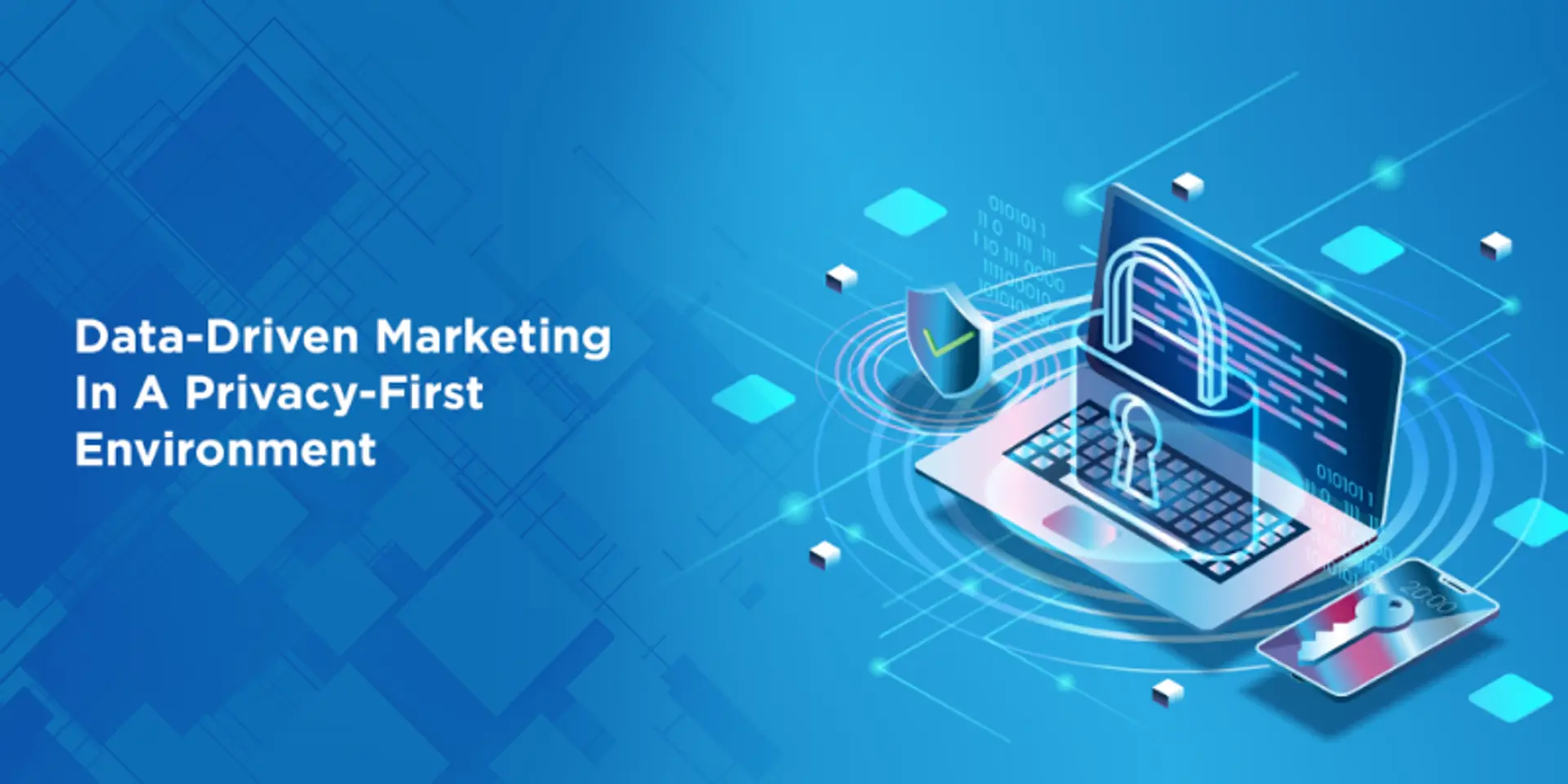Drawing the line between creepy and contextual: what can a marketer do?
Marketers should look at constraints of conscious consumers and regulations as a way to fix the long-term trust deficit of collecting data without explicit consent.
Over the past decade, advertising once ruled by Mad-Men has been taken over by Math-Men. Data became the “Holy Grail” for marketers as it helped advertising instead of “spray-and-pray” models to a more individual/cohort-specific “select-and-harvest” targeting.
Google and Facebook became mass media platforms targeting a specific niche. With marketers’ innocuous objective to drive exclusive rewards, personalised offers, and experience, the line somewhere got crossed by collecting consumers’ data without consent, profiling them and turning the world upside down, be it in elections or economic policy.

This upheaval led to the rise of adblockers to browsers like Safari/Firefox blocking third-party cookies by default. The cookie crumbled further recently when Google’s Chrome decided to phase out third-party cookies disrupting its own business model. With regulations like GDPR, CCPA or the Indian Personal Data Protection Bill, the global consumer now demands privacy as a fundamental right.
Not only was the marketer grappling with data deluge and quality, a broken path to purchase journey, now she also has to make her data-driven effective marketing efficient and effective in a privacy-first world. How to draw the line between creepy and contextual?
Rise of first-party data
For years, marketers have turned to third-party data sources like Facebook/Google properties for prospecting, targeting and acquisition. However, with the rise of regulations to further tighten the walled garden, it is high time marketers invest in their first-party data aka owned media.
Owned media primarily consists of your own assets like websites, mobile sites, emails, social media channels to offline stores. Many times, all these assets are islands in themselves creating a disjointed user experience. In order to truly leverage the power of owned media, brands need to invest in both a compelling UI/UX to an omnichannel marketing platform that optimises the potential of each channel and delivers integrated consumer experiences across connected devices.
In fact, one should look to integrate not just CRM but also social and paid channels on one platform to craft personalised customer journeys across all these channels. This also helps marketers to deliver greater ROI as they could choose to engage with users on free-owned channels before spending through paid channels.
Contextuality
Marketers need to move from consumer profiling to contextual advertising. Understand the environment in which the user is present and accordingly present her with recommendations (if any). Eg. if she is in a lean-forward mode on her phone which means she is doing something important or very much engaged in the content at hand, say even playing a game. Showing her an ad in that context will be a waste of effort construed as irritant as against when she is in a lean-back mode when she is more relaxed and browsing.
The user has more time at hand and is open to new products or services. Also, the new formats of ads will be nonstandard unlike today’s standardised ads (30-sec TVC or a 300X50 banner). It has to be painstakingly developed where brands will seamlessly dissolve in the content storyline as we see with several branded content stories.
What great branded content can do is provide the right entertainment and value to the audience and yet convey brand features and benefits without spoiling the user experience, improving engagement and loyalty.
Control
Create a digital privacy centre where customers can easily understand/manage their data choices with your entity, be it an organisation or government. Also, maybe you do not need to collect all the consumer data at once. You can collect key data fields like name/phone number. As you build trust with her you can use your other touchpoints to enrich your databases. Subsequently, she should also have a “right to forget” where she can delete the data she has with your entity.
Privacy by design
Lastly, marketers and their tech vendors need to rethink how they collect, store, process, use, and monetise consumer’s personal information, and for how long they could retain such data. Privacy by design becomes imperative for software companies. They need to provide privacy controls to be integrated into the design of products and services. Even within an organisation, one needs to build access control on who can see what level of customer data and why.
Building these checks and balances in the software would be necessary so that users can opt-in or opt-out of those databases. Under the GDPR, it’s not just your company that is liable for compliance, it’s your entire vendor ecosystem that is processing this customer data be it CRM / email / martech companies.
Conclusion
As Einstein famously said, “We can’t solve problems by using the same kind of thinking we used when we created them”. Marketers should look at these constraints of conscious consumer and regulations as a way to fix the long-term trust deficit of collecting data without explicit consent. Put enough thoughts on why/ what data should be collected and how will that be utilised to drive personalisation in a privacy-first world.
Focus on what will really matter to most of your users and gather only that with the option to opt-out, right to forget. To begin with focus on delight, and today delight is as basic as meeting customer expectations. Every time!
Edited by Javed Gaihlot
(Disclaimer: The views and opinions expressed in this article are those of the author and do not necessarily reflect the views of YourStory.)







